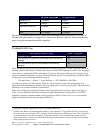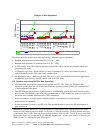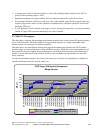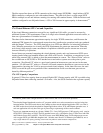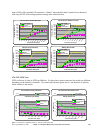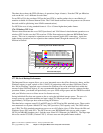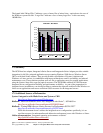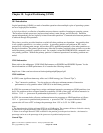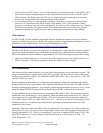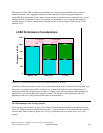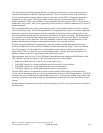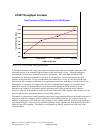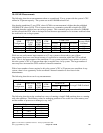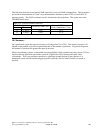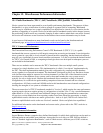
Chapter 18. Logical Partitioning (LPAR)
18.1 Introduction
Logical partitioning (LPAR) is a mode of machine operation where multiple copies of operating systems
run on a single physical machine.
A logical partition is a collection of machine resources that are capable of running an operating system.
The resources include processors (and associated caches), main storage, and I/O devices. Partitions
operate independently and are logically isolated from other partitions. Communication between partitions
is achieved through I/O operations.
The primary partition provides functions on which all other partitions are dependent. Any partition that
is not a primary partition is a secondary partition. A secondary partition can perform an IPL, can be
powered off, can dump main storage, and can have PTFs applied independently of the other partitions on
the physical machine. The primary partition may affect the secondary partitions when activities occur that
cause the primary partition’s operation to end. An example is when the PWRDWNSYS command is run
on a primary partition. Without the primary partition’s continued operation all secondary partitions are
ended.
V5R3 Information
Please refer to the whitepaper ‘i5/OS LPAR Performance on POWER4 and POWER5 Systems’ for the
latest information on LPAR performance. It is located at the following website:
http://www-1.ibm.com/servers/eserver/iseries/perfmgmt/pdf/lparperf.pdf
V5R2 Additions
In V5R2, some significant items may affect one's LPAR strategy (see "General Tips"):
y "Zero" interactive partitions. You do not have to allocate a minimum amount of interactive
performance to every partition when V5R2 OS is in the Primary partition.
In V5R2, the customer no longer has to assign a minimum interactive percentage to LPAR partitions (can
be 0). For partitions with no assigned interactive capability, LPAR system code will allow interactive as
follows: 0.1% x (processors in partition/total processors) x processor CPW.
In V5R1, the customer had to allocate a minimum interactive percentage to LPAR partitions as follows:
1.5% x (processors in partition/total processors) x processor CPW. It is expected that the LPAR
system code will issue a PTF to change the percentage from 1.5% to 0.5% for V5R1 systems.
Notes:
1. The above formulas yield the minimum ICPW for an LPAR region. The customer still has to divide this value by
the total ICPW to get the percentage value to specify for the LPAR partition.
2. If there is not enough interactive CPW available for the partition given the previous formula ... the interactive
percentage can be set to the percentage of the (processors in partition/total processors).
General Tips
IBM i 6.1 Performance Capabilities Reference - January/April/October 2008
© Copyright IBM Corp. 2008 Chapter 18 - LPAR 294



